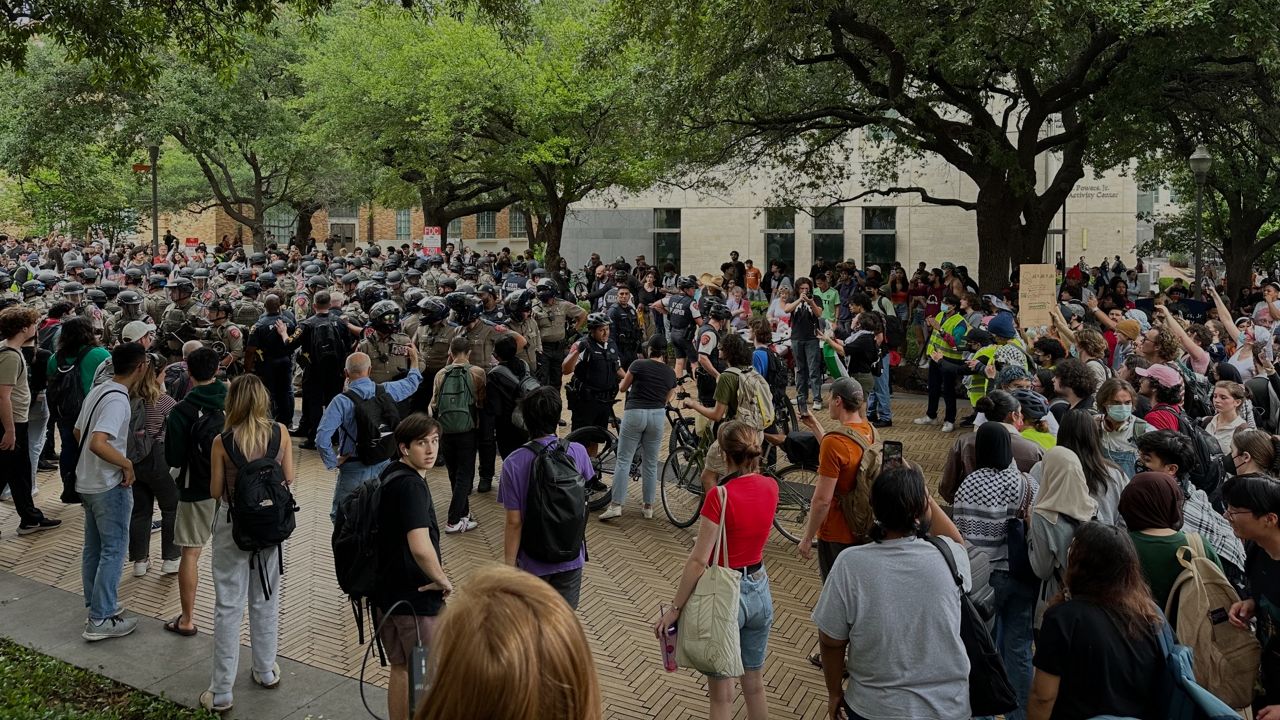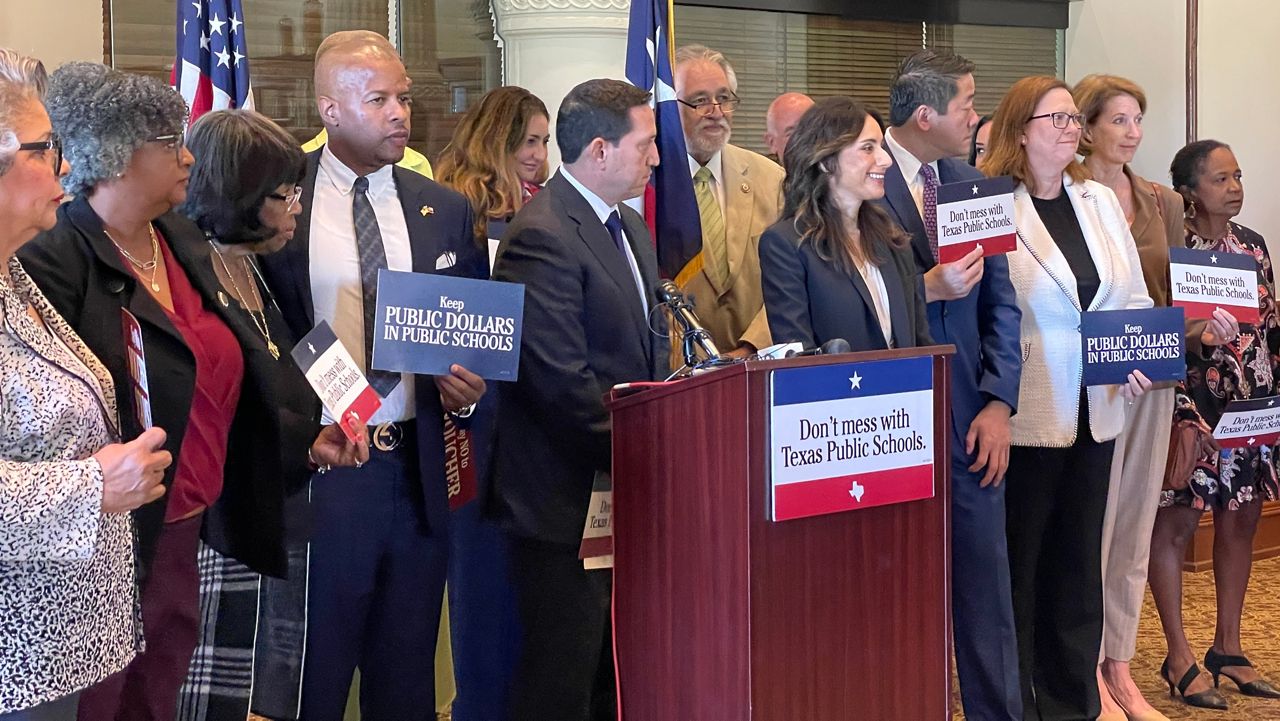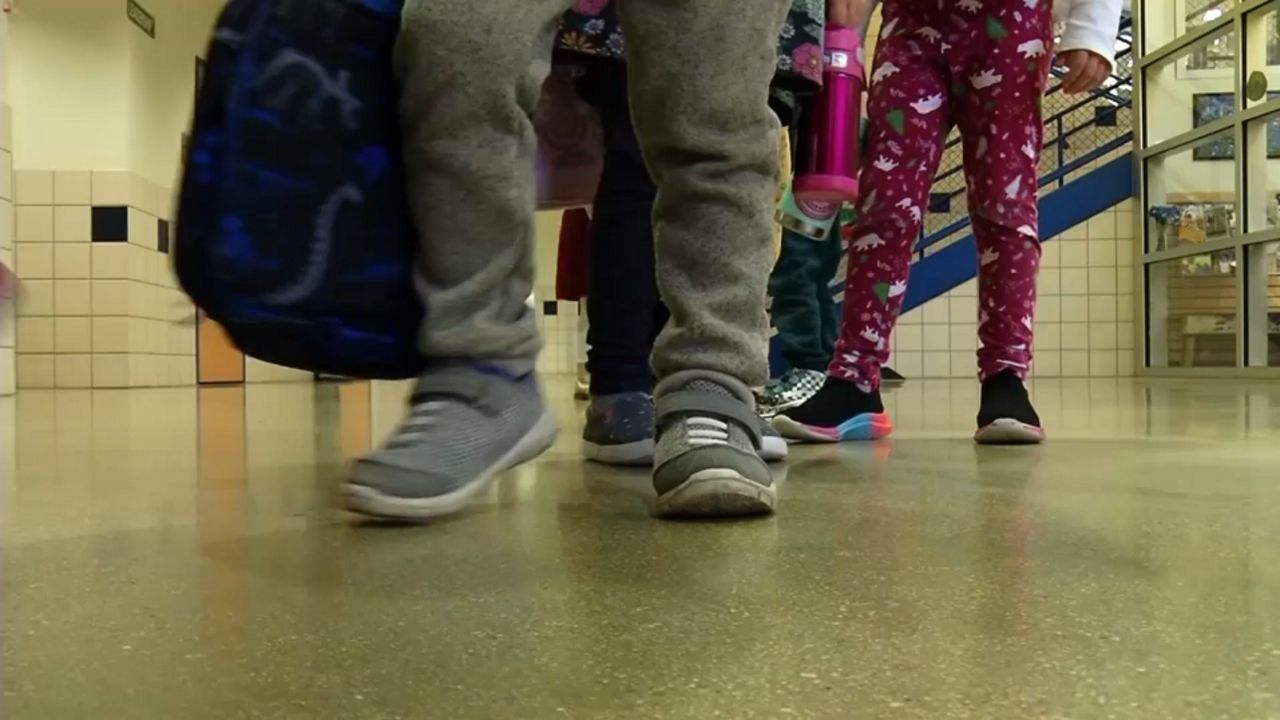TEXAS – As college students head back to campus amid the coronavirus pandemic, we asked one of the world’s top coronavirus researchers and head of the biology department at Texas A&M University-Texarkana about the risks. Dr. Ben Neuman spoke with Capital Tonight anchor Karina Kling Wednesday.
What is the biggest risk in reopening college campuses? Can it be done safely?
Neuman: “I’m not sure it can be done safely or rather the equipment exists to do it safely because we do this in the laboratory. But that equipment basically looks like a space suit with its own sort of Ghostbusters backpack respirator on the back of it. And short of that, you are going to be short of what we would consider adequate protection if you were facing COVID-19 in the lab. Now in the population right now, depending on how accurate the statistics are, somewhere between one out of 100 and about one out of 20 students are going to be positive at the moment and may not know it. So, in a room of a certain size, there is going to be somebody and odds are you are going to be exposed at least a little bit in the course of a work day.”
Do you anticipate a spike in cases over the next couple of weeks due to schools reopening?
Neuman: “As long as the right receptors are there and it’s a living, breathing human, the virus will spread. We haven’t seen the peak yet, but it usually follows about two weeks after a change in behavior. So look, maybe next week, for cases to start to rise due to going back to school.”
How common is child-to-adult transmission?
Neuman: “This is something we don’t know for sure but there are little pieces of information coming out… In some cases children may have slightly lower amounts of the virus than you can actually detect but high enough that they can be spread. So most modelers agree that at least a proportion, and the amount depends on the modeler, of cases are actually coming from children to adults and the rest are seemingly mostly things that adults are passing between each other. We don’t have a good picture of what’s going on with children and that makes it rather difficult to adequately say that everything is going to be okay and safe when we go back to school. It’s just unknown.”
A lot of colleges and universities say they'll be doing regular testing. How effective will that be, because we've heard a lot about false negatives with the tests?
Neuman: “False negatives are a big concern. So a false negative is when you actually have COVID-19 but don’t have enough or it didn’t hit the test in just the right way or they didn’t swab just the right part of your nose to fish out enough viruses to get a positive test. We know there are definitely false negatives for all of the tests, but the best test is going to be the nasal swab up your nose, and then they do a thing called an RT-PCR at the end. Rapid tests, though, are much quicker than that and do have a place. But rapid test will give you a much higher false negative rate than the other PCR-based test. So, there’s a combination of both of these things that are needed but essentially, good surveillance would look like testing probably everybody in at least major-metropolitan areas, maybe everybody in the state, and I’d say something like once a week. If we did that for one to two months, we could actually find most, maybe all of the cases and get this thing under control.”









